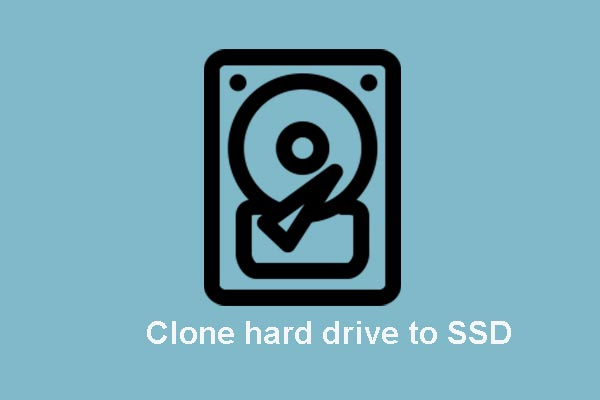

Connect each HDD to it's own SATA port so the data can be read from one device and written to the other at the same time.Make sure you check your man page for the correct signal first as it may differ on different dd implementations: (BSD dd uses SIGINFO). You can use the kill command with the appropriate signal to make dd output statistics to standard error.įrom the GNU dd man page: Sending a USR1 signal to a running 'dd' process makes it print I/O statistics to standard error and then resume copying.ġ8335302+0 records in 18335302+0 records out 9387674624 bytes (9.4 GB) copied, 34.6279 seconds, 271 MB/s Getting statistics about ongoing dd process So if in doubt you should pick a value slightly smaller than what you believe was already copied. If it copied more than 1234MiB, it will re-copy some already copied parts, which normally does not do any harm.

If it copied fewer than 1234MiB, your copy will be incomplete. kill -USR1 $(pidof dd)įor example if it copied more than 1234MiB, you can resume at position 1234MiB using: dd bs=1M seek=1234 skip=1234 if=/dev/sdb of=/dev/sdc dd usually prints the progress when you cancel it, or you can send it the USR1 signal while it is running to make it print its progress. For this it is important to know how far the copy progressed already. If you already have a slow dd running, you can interrupt it and resume with a faster dd instance. So the command should be: dd bs=1M if=/dev/sdb of=/dev/sdc Using even larger blocksizes are unlikely to result in speed improvements, just higher memory consumption. Most people use a still larger bs=1M so it becomes human readable (when dd says it copied 1234 blocks, you know it's 1234 MiB without doing any math). It goes a lot faster when you use a larger blocksize.

That results in a lot of overhead (one read() and write() syscall for every 512 bytes).
#CLONE MAC HDD TO SSD USING LINUX INSTALL#
If you want a progress report and your unix variant doesn't provide an easy way to get at a file descriptor positions, you can install and use pv instead of cat.ĭd uses a very small blocksize by default (512 bytes). If you want a progress report, since you're using Linux, you can easily get one by noting the PID of the cat process (say 1234) and looking at the position of its input (or output) file descriptor. If you want to run this command in sudo, you need to make the redirection happen as root: sudo sh -c 'cat /dev/sdb >/dev/sdc' (In some benchmarks I made a couple of years ago under Linux, cat was faster than cp for a copy between different disks, and cp was faster than dd with any block size dd with a large block size was slightly faster when copying onto the same disk.) cat /dev/sdb >/dev/sdc It then goes through two pipes before being written. The data is read 128kB at a time (which is better than the dd default of 512B, but not as good as even larger values). Your new command sudo dd if=/dev/sdb bs=128K | pv -s 3000G | sudo dd of=/dev/sdc bs=128K is again needlessly slow and complicated. There is no magic in dd, the magic is all in /dev/sdb. While dd still useful for some relatively rare tasks, it is a lot less useful than the number of tutorials mentioning it would let you believe. Nowadays, dd if=/dev/sdb of=/dev/sdc is a just complicated, error-prone, slow way of writing cat /dev/sdb >/dev/sdc. Dd was useful in the old days when people used tapes (when block sizes mattered) and when simpler tools such as cat might not be binary-safe.


 0 kommentar(er)
0 kommentar(er)
